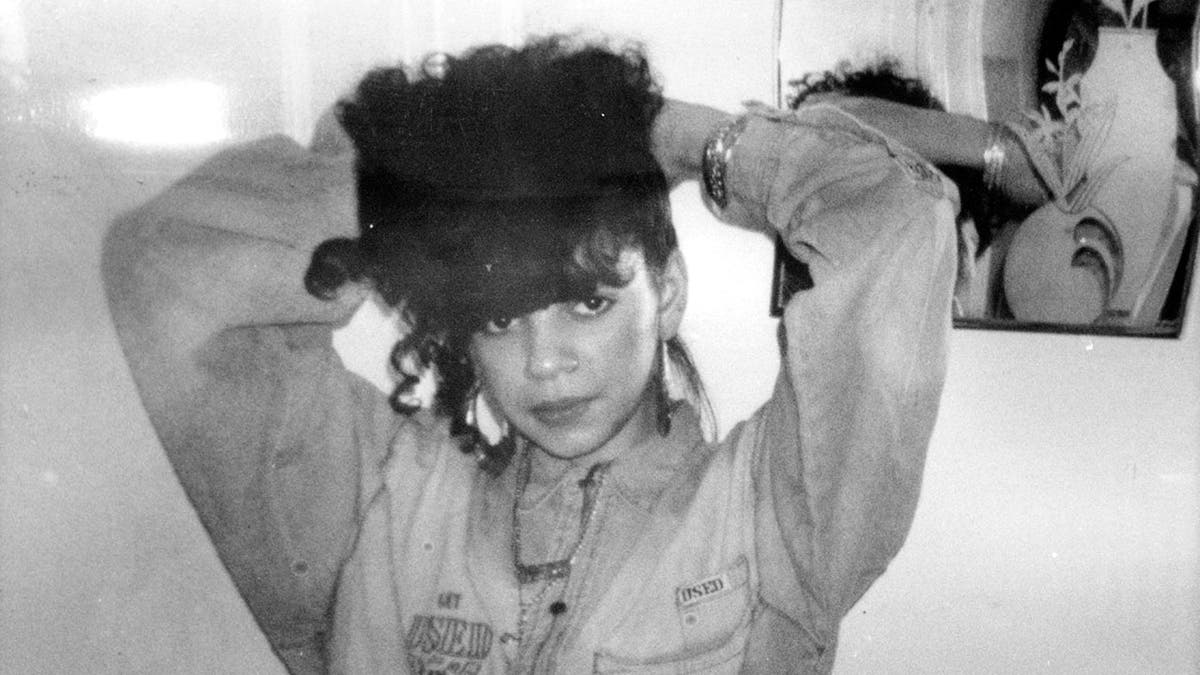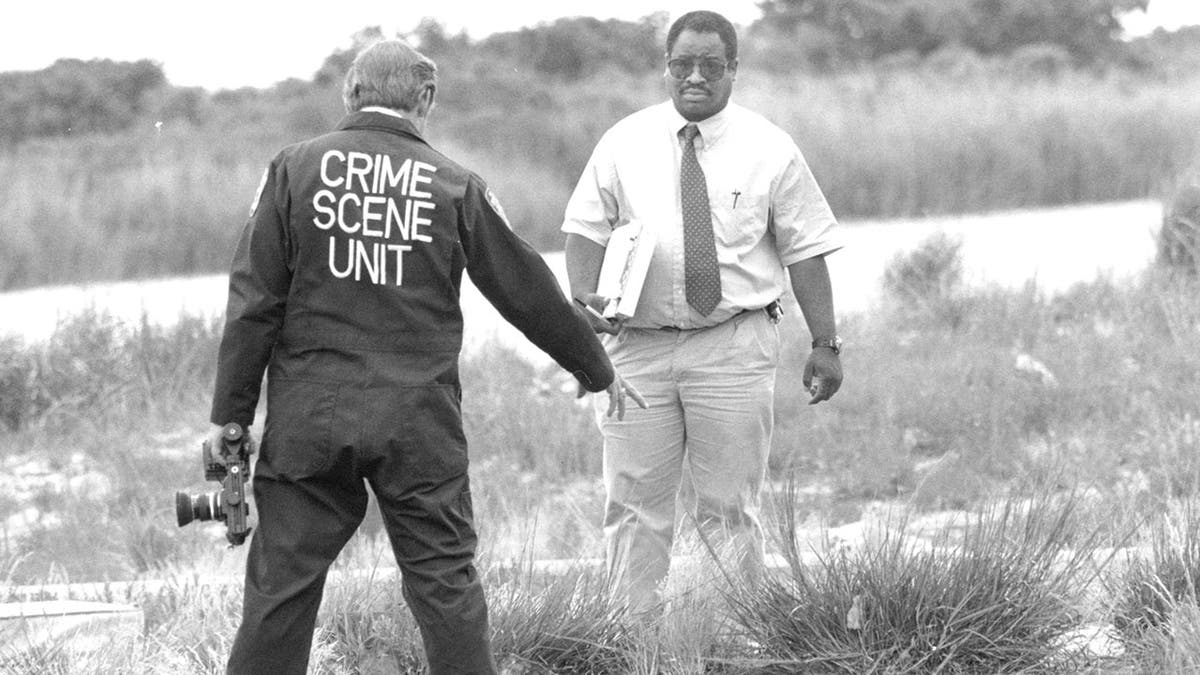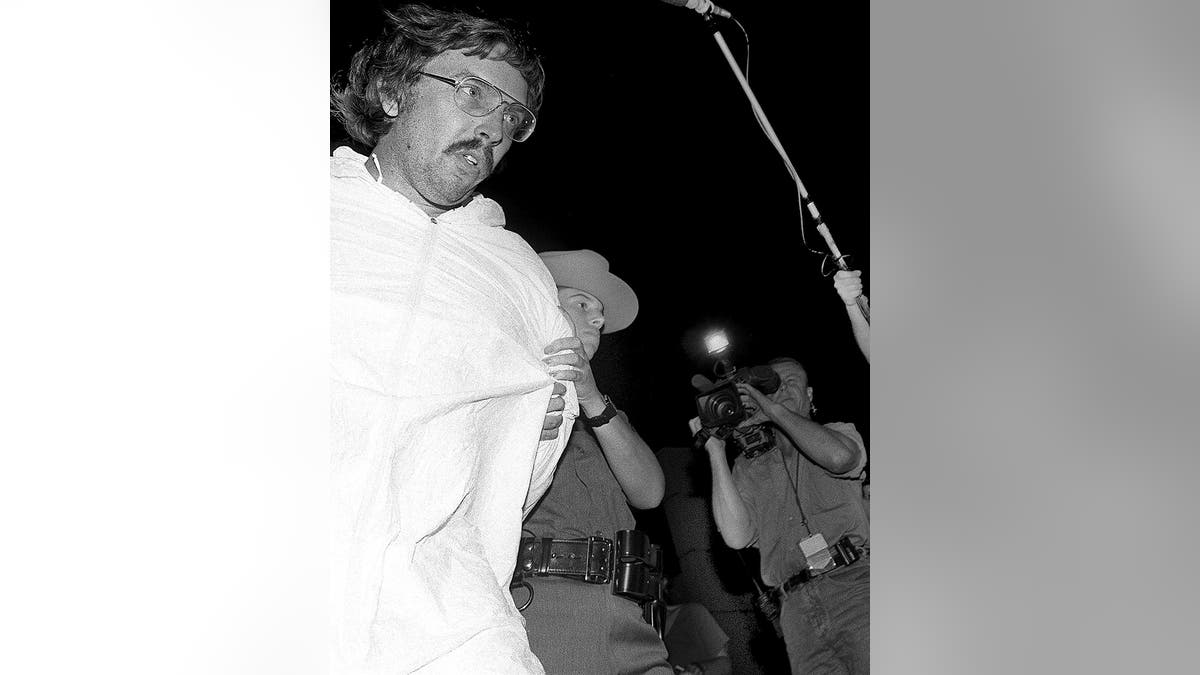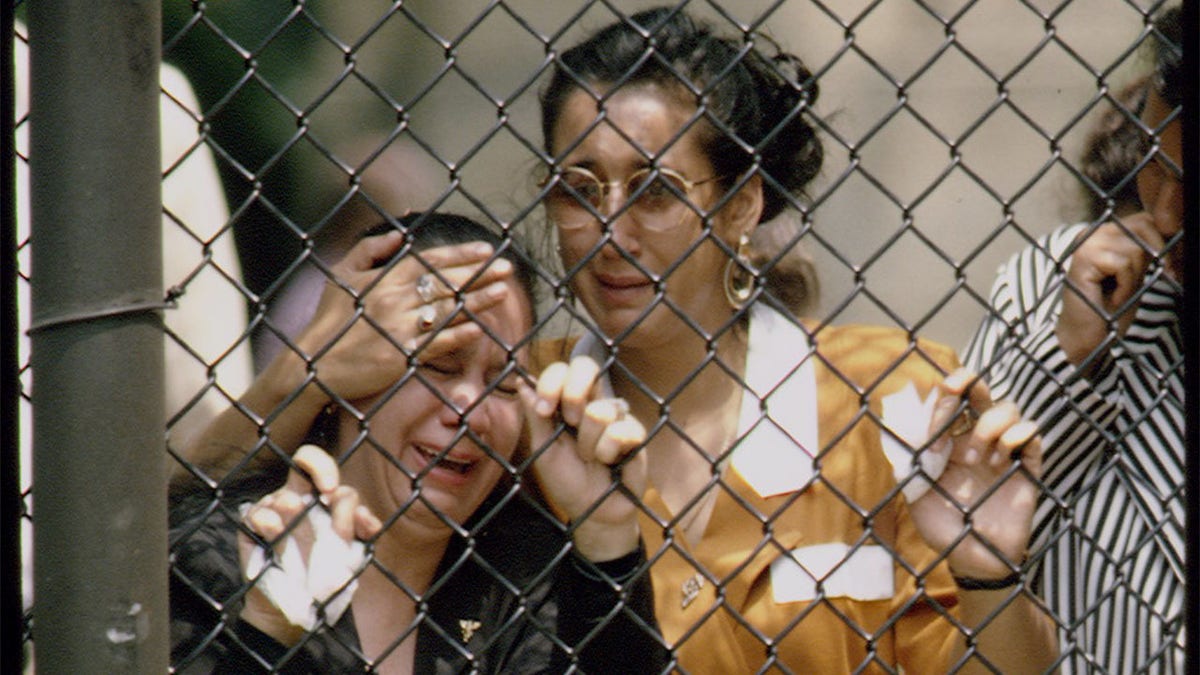Fox News Flash top entertainment headlines for April 9
Fox News Flash top entertainment and celebrity headlines are here. Check out what's clicking today in entertainment.
EXCLUSIVE: In late 1998, Robert Mladinich wrote to his "old college pal" Joel Rifkin – New York’s most prolific serial killer.
After exchanging letters, the former cop, who served the NYPD from 1983 until 2003 when he retired with the rank of Detective Second Grade, decided to visit Rifkin at Attica Correctional Facility.
Their recorded conversations are the focus of a new true-crime documentary titled "Rifkin on Rifkin: Private Confessions of a Serial Killer," which is part of Oxygen channel’s "Serial Killer Week."
The special also features interviews with Rifkin’s childhood friends, investigators on the case, as well as those closest to his victims.

Joel Rifkin, New York's most prolific serial killer, is the subject of a new true-crime documentary on Oxygen. (Robert Mladinich)
"I wanted to reach out to him right away after the arrest," Mladinich told Fox News. "But I was still an active police officer at the time. And I didn’t want to infringe on the investigation. So I put it on the backburner… But for years, I wanted to know how somebody, who seemed like a very nice fellow, could commit such heinous crimes."
Mladinich said he and Rifkin, now 62, wrote to each other regularly until they saw each other again in the fall of 1999.
"You know, I first learned he was accused of being a serial killer while I was on the Long Island Expressway," he recalled. "When I heard his name on the radio, I pulled over. I was breathing heavily. I was just in complete shock that someone like him could be arrested for these crimes."

Oxygen's new documentary on Joel Rifkin is part of their 'Serial Killer Week" line-up. (Oxygen)
In the documentary, readers will learn how Rifkin was a meek, mild-mannered child. Growing up, he struggled with confidence and lacked a natural athletic ability, which frustrated his father. Over the years, he was also bullied at school, which left him angry and isolated as he desperately sought his father’s approval.
"Joel was a bit of an eccentric," said Mladinich. "Some people viewed him as an oddball. I saw him as artistically inclined. I remember I wrote about a boxing match for one of our assignments as journalism students and he photographed the event. He took really terrific photos and had an attractive artistic side. I just struggled to come to grips that this same person was a serial killer capable of such barbarism."
"Even when we first spoke at the correctional facility, it was like we had been friends the previous 20 years," he shared. "The only difference is that within 20 minutes, we started talking about murder and mayhem."

Jenny Soto, a victim of serial killer Joel Rifkin. June 29, 1993. (Photo by Jerry Engel/New York Post Archives /(c) NYP Holdings, Inc. via Getty Images)
Before Rifkin left for college, he drove to New York City where he picked up a sex worker for the first time. The experience quickly led to an addiction.
According to the documentary, Rifkin picked up hundreds of sex workers and he eventually left college before finishing. With no money, Rifkin attempted to hold down a job, but that also became another unsuccessful moment in his life. His fantasies about strangling women became more frequent.
In 1989, Rifkin picked up a sex worker named "Susie." The special revealed that while his mother was out of town, he brought her back home. After sex, he strangled her to death. He then dismembered Susie’s body and her remains were scattered throughout New Jersey. Her severed head was found on a golf course and her legs were found in Jefferson Township, the Times of Trenton reported.

Serial killer Joel Rifkin led cops to the skeleton of one victim at the outskirts of New York City's Kennedy International Airport. June 27, 1993. (Photo by Neil Schneider/New York Post Archives /(c) NYP Holdings, Inc. via Getty Images)
"When we first started talking, it was kind of awkward," said Mladinich. "We were trying to catch up from the previous 20 years. But I was also thinking to myself, ‘How was I going to turn the conversation into talking about the crimes?’ I don’t really recall how it happened exactly, but within 20 minutes, it was a seamless transition into talking about the murders."
"Joel was very calm about it," Mladinich continued. "He was very matter of fact about it. He never relished talking about these horrible crimes. There was no emotion whatsoever. There was no regret or wanting to bring the victims back. There was none of that.
"He said he wanted to feel some remorse or feel some humanity towards them. He wasn't capable of that. He wanted to know why he lacked that empathy and humanity. That’s why he volunteered to have brain scans whenever they became available and he was willing to talk to mental health professionals."

According to Joel Rifkin, it was a '25-cent mistake' that finally led to his capture. (Glass Entertainment Group)
Rifkin didn’t stop after his first murder. According to the special, he killed 16 more sex workers. He dismembered their bodies and disposed their remains in the New York area.
His other victims included Tiffany Bresciani, Julie Blackbird, Lauren Marquez, Mary Catherine Williams, Barbara Jacobs, Yun Lee, Maryann Hollomon, Leah Evens, Violet O’Neill, Mary Ellen DeLuca, Lorraine Orvieto, Iris Sanchez, Jenny Soto, and Anna Lopez, Newsday reported.
Rifkin specifically chose women who wouldn’t immediately draw attention if they went missing. And police weren't aware that one man was specifically targeting sex workers in the area. Scattering the remains throughout New York also made it less likely for authorities to notice a pattern.
But that all change in 1993 after Rifkin said he made a "25 cent mistake."
JONBENET RAMSEY’S HALF BROTHER STILL WANTS TO FIND HER KILLER: ‘THIS CASE CAN BE SOLVED’

New York State Police escort Joel Rifkin, 34, a landscaper from East Meadow, to a holding cell after charging him with second-degree murder in East Farmingdale, L.I. State Troopers who chased down his pickup truck for a routine traffic violation said they found a woman's decomposing body in the back and a driver who confessed to killing 17 women. (Photo by Andrew Savulich/NY Daily News Archive via Getty Images)
In June of that year, he murdered Bresciani, a 22-year-old who left Louisiana for Los Angeles before arriving in New York. At the time, she was pursuing her dreams of becoming a singer and actress. However, a drug problem resulted in sex work to feed her addiction, Newsday reported.
Bresciani’s body was found in the back of Rifkin’s pickup truck after he was stopped by the state police for a traffic violation, The New York Times reported. According to the outlet, Rifkin admitted to the other slayings during questioning.
"Back in the late ‘80s and early ‘90s, it really was not hard to get away with such crimes," said Mladinich. "There were no cameras on every block. There was really no coordination between police precincts. So if a body was found in The Bronx, detectives in Brooklyn might not hear about that for weeks, days, even months – sometimes never."

Jenny Soto's family. Jenny Soto is one of Joel Rifkin's victims. (Photo by Rick Maiman/Sygma via Getty Images)
"If these crimes were happening today, I think the police would have made the connection quickly," he shared. "They would suspect a serial killer was on the loose and his car would have easily been spotted by cameras."
Five months after Rifkin was caught, "Seinfeld" released an episode titled "The Masseuse" in which Elaine (Julia Louis-Dreyfus) is dating a man named Joel Rifkin (Anthony Cistaro) at the same time the murderer was drawing headlines.
Elaine told her new beau he should change his name.
"Oh! O.J.! O.J. Rifkin!" she suggested, inspired by O.J. Simpson.
Several months later, the football star was charged with murdering his ex-wife Nicole Brown Simpson and Ron Goldman. He was later acquitted.

O.J. Simpson and Nicole Brown Simpson. (Photo by Vinnie Zuffante/Archive Photos/Getty Images)
In 1994, Rifkin was sentenced to life in prison. In 2013, DNA evidence confirmed that "Susie," his first known victim, was Heidi Balch, a 25-year-old New York City woman who was working as a prostitute.
Out of the 17 women Rifkin said he murdered, two have yet to be identified.
"Joel never expressed any remorse whatsoever to me," said Mladinich. "In an effort to show there was some grain of decency in him, he wrote this manifesto, a proposal really, to establish a facility where wayward women that had been living on the streets could go be safe. They could learn life skills, like write a check, parenting skills – just how to live their lives in a safe way. What I found the most interesting was when he said they could also learn how to protect themselves ‘from people like me.’ He described himself as a wolf in sheep’s clothing."
CLICK HERE TO GET THE FOX NEWS APP

Joel Rifkin is currently serving a life sentence. (Robert Mladinich)
Mladinich hopes the documentary will show people to be wary of who they choose to associate with.
"There are a lot of damaged people out there," he said. "And a lot of them are dangerous people. We have to be more aware when we see people who have been exposed to so much meanness, so much emotional brutality, physical brutality. I think it’s a wake-up call that there could be lots of Joel Rifkin's walking around."
The Associated Press contributed to this report.





















